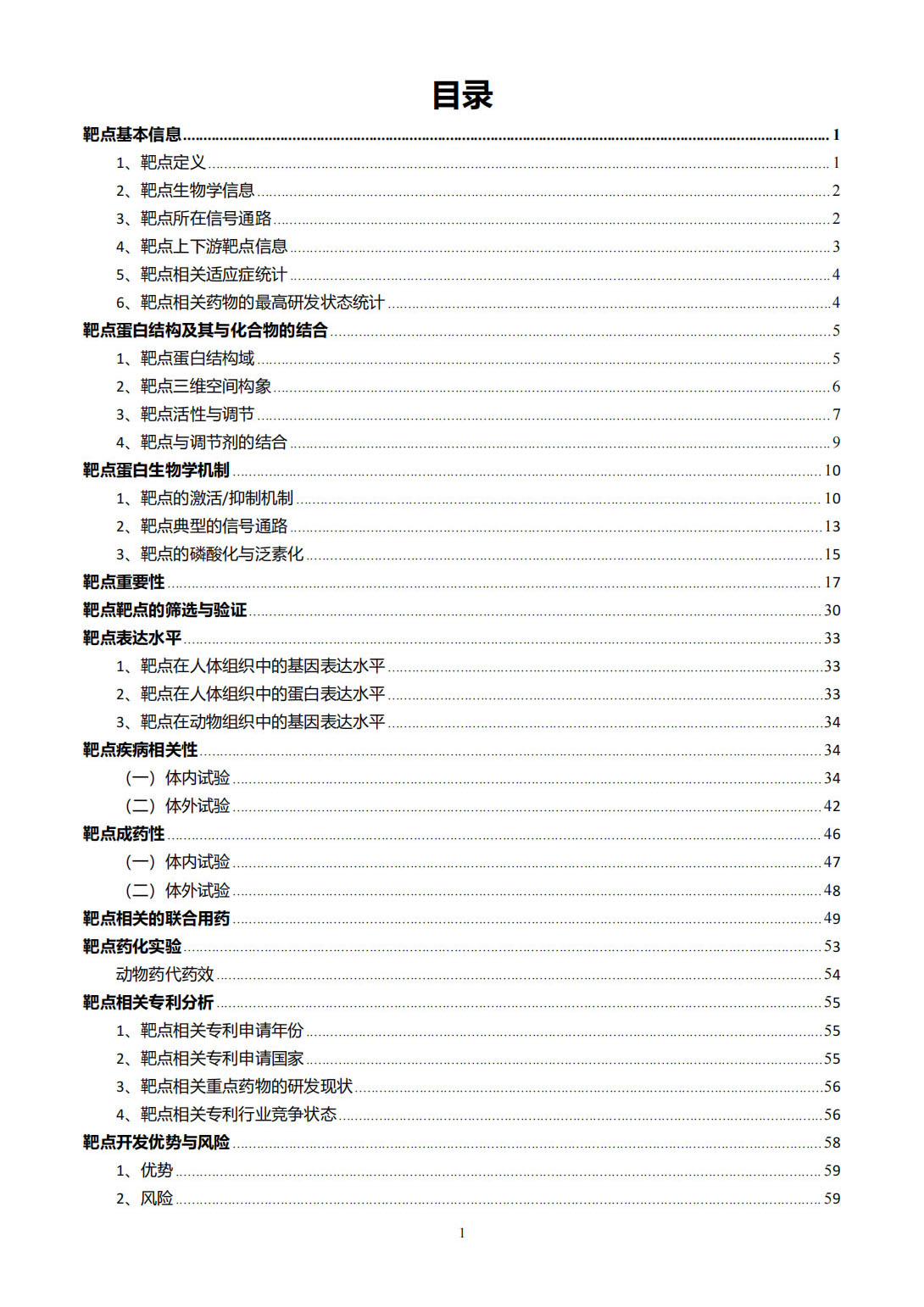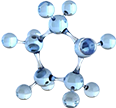CD4 Target Analysis Report Summary


About the Target
CD4 plays a crucial role in HIV infection and evasion of the host immune system. HIV-1 infected macrophages exhibit resistance to cell-mediated killing and apoptosis, as the virus upregulates certain factors to evade these mechanisms [1]. Furthermore, HIV-1 induces mechanisms to evade interferon (IFN) responses in infected macrophages through various accessory proteins [1].
CD4+ T cells have the ability to enter the central nervous system (CNS) through multiple routes, including migration through the endothelial blood vessels of the choroid plexus, access via the subarachnoid and perivascular spaces, and direct crossing of the microvascular endothelium at the blood-brain barrier (BBB) under inflammatory conditions [2]. In the CNS, activated CD4+ T cells can interact with various cells and tissues, potentially contributing to the pathogenesis of conditions such as multiple sclerosis [2].
In the context of HIV and Mtb co-infection, HIV leads to a depletion of CD4+ T cells, compromising immune function in the gastrointestinal tract and resulting in immune activation and microbial translocation [3]. The breakdown of granulomas caused by HIV infection promotes Mtb reactivation and breach of containment [3]. Concurrent therapy with isoniazid and/or IL-21 has been suggested to address both bacterial containment and immune activation [3].
The pathogenesis of HIV does not directly involve free HIV particles killing CD4 T cells. Instead, the small fraction of permissive cells that become productively infected mediate cell-to-cell spread, leading to the death of nonpermissive CD4 T cells [4]. The interaction of LFA-1 on T cells with ICAM-1 contributes to HIV pathogenesis by promoting CD4 T cell depletion and chronic inflammation [4].
In the context of latent tuberculosis infection (LTBI), co-infection with SIV leads to immunosuppression and a decrease in CD4+ T cell counts. This disruption in the immune system balance results in chronic immune activation, dysbiosis, and reactivation of LTBI [5]. SIV-induced immune perturbation also reduces the generation of lung-homing Mtb-specific TEM CD4+ T cells, leading to the disintegration of granulomas and dissemination of Mtb [5].
Therefore, CD4 is involved in various aspects of HIV pathogenesis, immune responses, and co-infections, highlighting its critical role in the immune system's function and the development of related diseases. [1][2][3][4][5]
Based on the given context, here are some key viewpoints regarding CD4:
CD4+ cells play a significant role in the immune response, and their gene expression can change after treatment with certain drugs like fingolimod[6].
Resting CD4+ T cells are relatively resistant to HIV-1 infection, but after activation, they become susceptible to viral entry and productive infection. Infection during the transition from effector to memory cells can lead to latent infection[7].
Killing latently infected CD4+ T cells poses challenges in HIV-1 cure strategies, including escape mutations, inhibition of CTL function, and exhaustion of HIV-1-specific CTLs[8].
Autophagy is crucial for maintaining the stability and immunosuppressive functions of CD4 Treg cells, and its deficiency can lead to dysregulation of pathways and loss of regulatory functions[9].
CD8 T cells can have both regulatory and pathogenic functions in multiple sclerosis (MS), where regulatory CD8 T cells suppress immune responses while pathogenic CD8 T cells can cause damage in the central nervous system[10].
Please note that the summary is based solely on the given context information and does not include any prior knowledge.
Figure [1]

Figure [2]

Figure [3]

Figure [4]

Figure [5]

Figure [6]

Figure [7]

Figure [8]

Figure [9]

Figure [10]

Note: If you are interested in the full version of this target analysis report, or if you'd like to learn how our AI-powered BDE-Chem can design therapeutic molecules to interact with the CD4 target at a cost 90% lower than traditional approaches, please feel free to contact us at BD@silexon.ai.
More Common Targets
ABCB1 | ABCG2 | ACE2 | AHR | AKT1 | ALK | AR | ATM | BAX | BCL2 | BCL2L1 | BECN1 | BRAF | BRCA1 | CAMP | CASP3 | CASP9 | CCL5 | CCND1 | CD274 | CD4 | CD8A | CDH1 | CDKN1A | CDKN2A | CREB1 | CXCL8 | CXCR4 | DNMT1 | EGF | EGFR | EP300 | ERBB2 | EREG | ESR1 | EZH2 | FN1 | FOXO3 | HDAC9 | HGF | HMGB1 | HSP90AA1 | HSPA4 | HSPA5 | IDO1 | IFNA1 | IGF1 | IGF1R | IL17A | IL6 | INS | JUN | KRAS | MAPK1 | MAPK14 | MAPK3 | MAPK8 | MAPT | MCL1 | MDM2 | MET | MMP9 | MTOR | MYC | NFE2L2 | NLRP3 | NOTCH1 | PARP1 | PCNA | PDCD1 | PLK1 | PRKAA1 | PRKAA2 | PTEN | PTGS2 | PTK2 | RELA | SIRT1 | SLTM | SMAD4 | SOD1 | SQSTM1 | SRC | STAT1 | STAT3 | STAT5A | TAK1 | TERT | TLR4 | TNF | TP53 | TXN | VEGFA | YAP1

